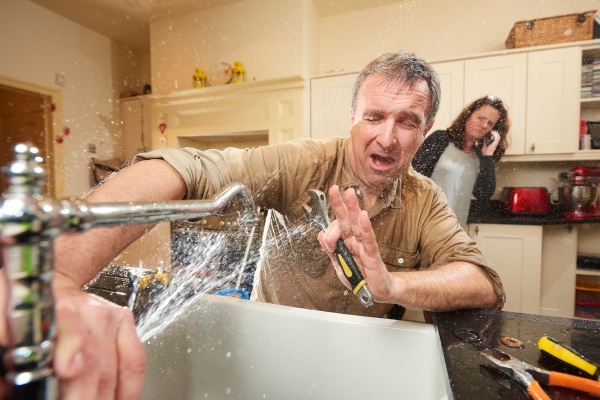 While some plumbing issues require professional expertise, there are several DIY tasks that homeowners can tackle to maintain their plumbing systems and handle minor problems. By following these tips and guidelines, you can save money and keep your plumbing in good condition. Just remember that if a task seems beyond your comfort level or expertise, it’s best to call a professional plumber for assistance.
While some plumbing issues require professional expertise, there are several DIY tasks that homeowners can tackle to maintain their plumbing systems and handle minor problems. By following these tips and guidelines, you can save money and keep your plumbing in good condition. Just remember that if a task seems beyond your comfort level or expertise, it’s best to call a professional plumber for assistance.
Regular Inspections
Make a habit of inspecting visible pipes, faucets, and fixtures for signs of leaks, corrosion, or damage. Early detection can prevent more significant issues down the line.
Fixing Dripping Faucets
A dripping faucet can waste a lot of water and drive up your water bill. Usually, it’s caused by a worn-out washer or O-ring. Turn off the water supply to the faucet, disassemble it, replace the faulty part, and reassemble.
Unclogging Drains
For minor clogs, try using a plunger or a drain snake to clear the blockage. Avoid using chemical drain cleaners, as they can damage pipes and be harmful to the environment.
Replacing Toilet Components
If your toilet is running continuously or has a weak flush, you can often fix it by replacing the flapper or fill valve. These components are relatively easy to replace and can improve water efficiency.
Installing a New Showerhead or Faucet
Updating your bathroom or kitchen fixtures is a simple way to improve aesthetics and functionality. Turn off the water supply, follow the manufacturer’s instructions, and install the new fixture using basic tools.
Sealing Leaks with Pipe Tape
If you notice minor leaks around threaded pipe connections, such as those under sinks, you can use plumber’s tape (Teflon tape) to create a watertight seal. Wrap the tape around the threads before reassembling the connection.
Adjusting Water Pressure
If you’re experiencing low water pressure, it might be due to a partially closed water shut-off valve or mineral buildup in the aerator. Check both of these components and clean or adjust them as needed.
Insulating Pipes
In colder climates, insulating exposed pipes can prevent them from freezing and bursting during winter. Use foam pipe insulation to cover pipes in unheated areas like basements and crawl spaces.
Checking the Water Heater
Regularly drain your water heater to remove sediment buildup that can affect its efficiency. Also, check the temperature settings to ensure they’re safe and energy-efficient.
Using a Plunger Correctly
Knowing how to use a plunger effectively can save you from calling a plumber for minor toilet clogs. Make sure you have a good seal between the plunger and the drain, and use a pumping motion to dislodge the blockage.
Knowing When to Call a Professional
While DIY plumbing can be rewarding, it’s essential to recognize your limits. If you encounter a problem that seems complex or beyond your skills, or if you’re dealing with a major leak, sewer backup, or gas-related issue, it’s best to contact a licensed plumber for assistance.
Remember, safety should always be a priority. If you’re unsure about a task or don’t have the necessary tools, it’s better to seek professional help to avoid causing further damage.


